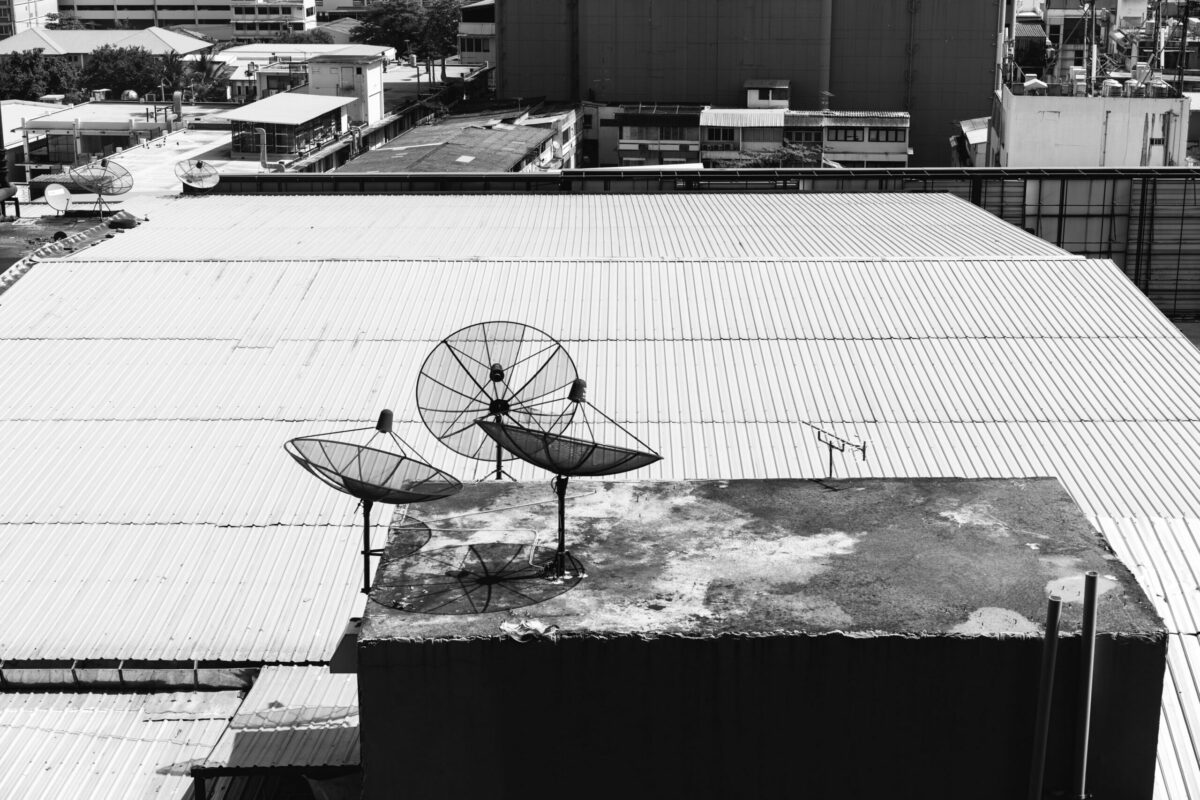
Natural disasters like hurricanes, earthquakes, and floods can disrupt communications infrastructure, making it difficult for emergency responders to coordinate efforts and provide assistance to affected communities. Natural disasters have become more frequent and severe in recent years, emphasizing the importance of having reliable and resilient communications systems in place. Starlink, a satellite-based internet system developed by SpaceX, is one solution to this problem. Starlink has the potential to revolutionize disaster relief and emergency communications.
Starlink’s capacity to offer internet connection in locations where conventional infrastructure has been damaged or destroyed is one of its main advantages. Ground-based communications networks are frequently the first to suffer damage after a natural disaster. Cell towers and fiber-optic connections can be damaged, making it challenging for emergency personnel to coordinate their actions. Starlink uses a network of low-Earth orbit satellites to deliver internet connection, which is less susceptible to disruption from natural disasters.
Starlink’s high-speed internet and minimal latency are two more key advantages. Emergency personnel needs to be able to communicate effectively and rapidly during a disaster. Emergency personnel can access the internet with Starlink at speeds of up to 100 Mbps, which is a significant improvement over standard satellite internet. As a result, emergency responders will have immediate access to vital information including weather predictions, evacuation routes, and shelter locations. They will be able to communicate and work together with other emergency personnel no matter where they are.
Starlink may potentially make it possible to monitor disaster-affected areas in real-time. Starlink might be used to connect drones, cameras, and other sensors to connect more devices, allowing for the monitoring of damage and the identification of places in need of aid. Emergency personnel can use this information to help them make better decisions and act more rapidly in the event of a crisis.
Starlink might be utilized to give affected areas internet access in addition to emergency personnel. People frequently require access to information during a disaster, such as evacuation routes, emergency shelters, and the condition of their residences and places of business. Even if the ground-based communications systems are down, they might still get real-time access to this information through Starlink. Starlink might also be used to establish contact amongst family members, allowing them to communicate and inquire about each other’s well-being.
In remote and underdeveloped places, Starlink has the potential to revolutionize emergency communication and disaster relief. Many isolated populations, such as those in rural areas or on islands, frequently have poor access to the internet and other forms of communication. This makes it more challenging for assistance workers to get to these villages during a disaster. Emergency responders may coordinate their efforts and deliver relief more swiftly in certain locations because of Starlink’s internet service.
In addition, Starlink can be used to establish emergency communication in regions where the infrastructure on Earth has been harmed or destroyed, such as in the wake of a powerful storm or an earthquake. Starlink can offer dependable communication between first responders, emergency management groups, and other crucial organizations because of its low-latency satellite-based internet. In rural locations where standard communication infrastructure is frequently lacking, this can be extremely helpful.
Additionally, remote monitoring and sensor data gathering can be done using Starlink’s satellite-based internet. This can be used to keep an eye on the condition of vital infrastructure, including power plants, bridges, and dams. In order to forecast natural disasters and make preparations, it can also be used to monitor environmental factors like weather conditions.
Monitoring environmental factors like weather patterns and natural resources can help with catastrophe preparedness and response. The capacity to work in remote areas is particularly advantageous for sectors like agriculture, mining, and oil and gas. It is feasible to remotely monitor these circumstances to protect the safety and well-being of employees and the local population thanks to Starlink’s satellite-based internet.
Starlink provides both phone and internet communication services. Through its satellite-based internet, Starlink provides voice-over-internet-protocol (VoIP) access, which can be used for emergency communication such as dialing for assistance or checking in with loved ones. This can be quite beneficial in areas where traditional phone lines have been damaged or destroyed.
The capacity of Starlink to offer location-based services is a crucial component of disaster relief and emergency communication. Starlink’s ability to connect to GPS enables it to offer location-based services like tracking and navigation. The location of those in need of assistance, as well as the location of supplies and equipment, can be tracked by emergency responders using this. Affected communities can utilize it to locate evacuation routes and emergency shelters.
Starlink has the ability to revolutionize emergency communication and disaster relief. It is a useful tool for first responders since it can offer internet connectivity in locations with damaged or destroyed traditional infrastructure, offers high-speed internet with low latency, and can connect more devices. The capacity of Starlink to set up emergency communication, conduct remote monitoring, and offer location-based services can also enhance the effectiveness of the total catastrophe response. It will be interesting to see how Starlink may be applied to enhance catastrophe preparedness and response in the future as it continues to grow.